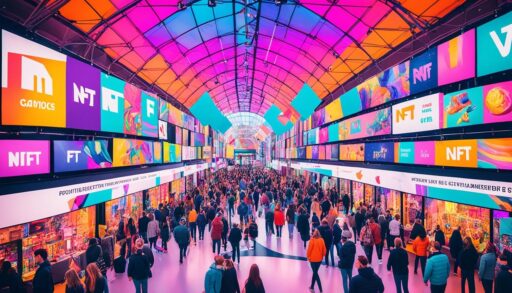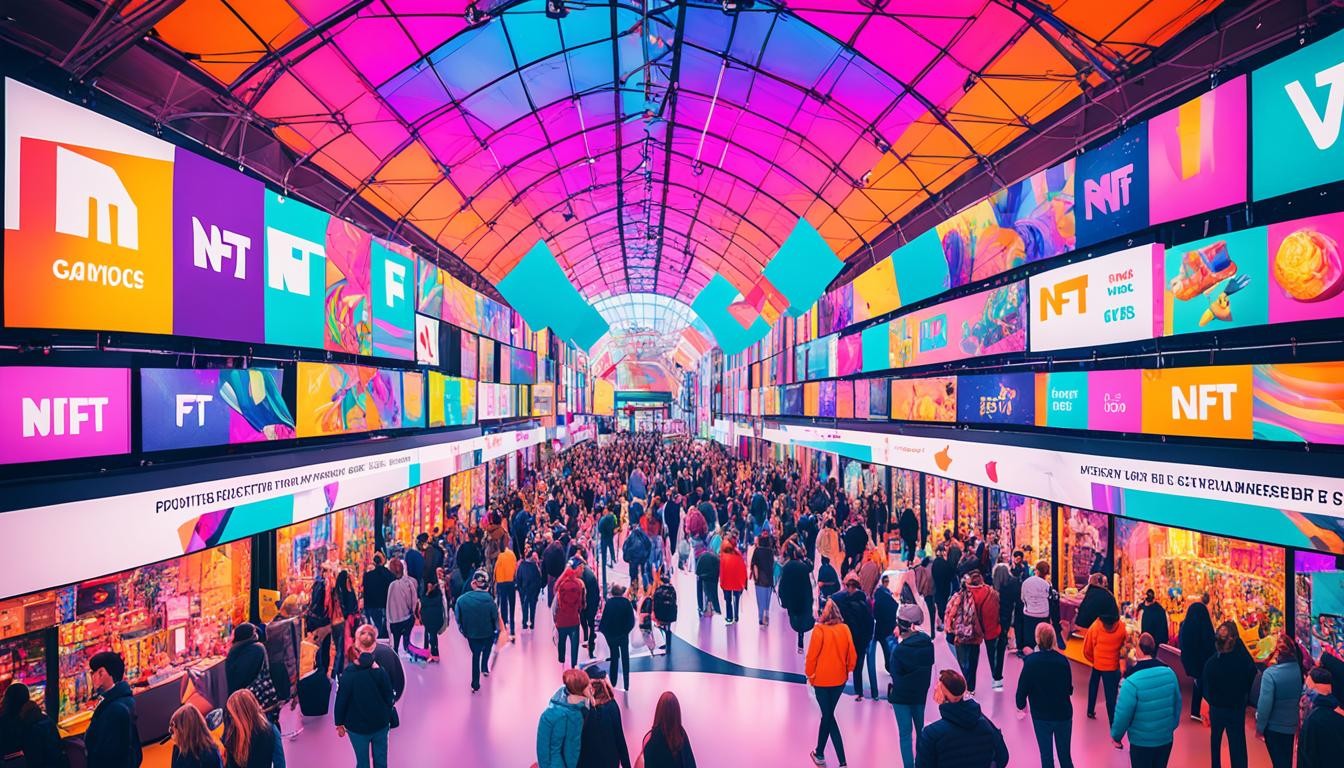Non-Fungible Tokens (NFTs) have taken the digital world by storm, capturing the attention of artists, collectors, and investors alike. The NFT market has experienced unprecedented growth, with sales skyrocketing from a mere USD 20 million in 2020 to an astonishing USD 2.57 billion in 2021. This explosive growth has been fueled by the unique ability of NFTs to represent ownership and authenticity of digital assets, opening up new possibilities for creators and collectors.
The art segment has been a key driver of the NFT market’s expansion, with digital art pieces fetching millions of dollars at auctions. The sale of Beeple’s “Everydays: The First 5000 Days” for $69 million at Christie’s in 2021 marked a watershed moment, solidifying the legitimacy of NFTs as a valuable asset class. The number of NFT sales within the art industry has fluctuated, with spikes in interest and activity throughout 2021 and 2022.
NFT Use Cases Beyond Art and Collectibles
While art and collectibles have been the primary focus of the NFT market, the potential use cases for NFTs extend far beyond these domains. The gaming industry has embraced NFTs, integrating them into virtual worlds and allowing players to own and trade unique in-game assets. Projects like Axie Infinity and Gods Unchained have demonstrated the power of NFTs in creating engaging and rewarding gaming experiences.
NFTs are also being explored for various other applications, such as:
- Virtual real estate: NFTs enable the ownership and trading of virtual land and properties in metaverse platforms.
- Music and entertainment: Artists and musicians are using NFTs to sell unique digital content and experiences to fans.
- Digital identity: NFTs can be used to represent and verify digital identities, enhancing security and trust in online interactions.
- Intellectual property rights: NFTs provide a means to establish and enforce ownership rights for digital creations.





